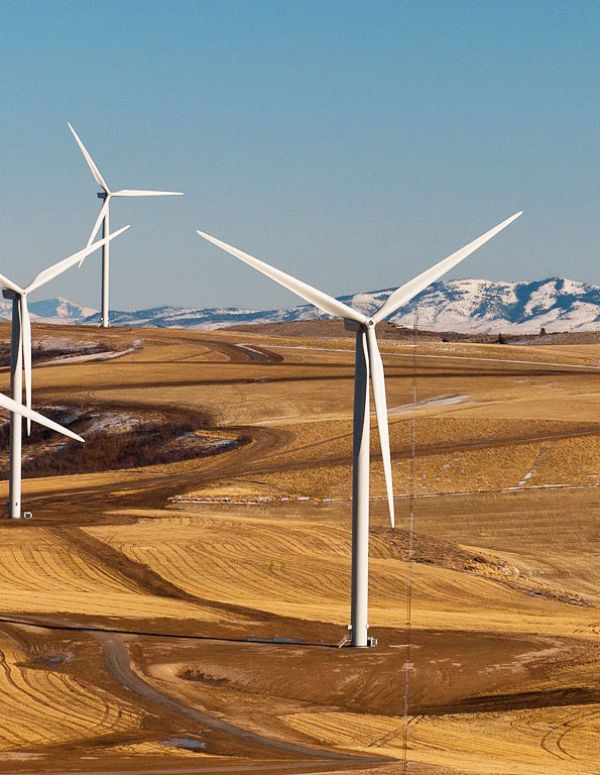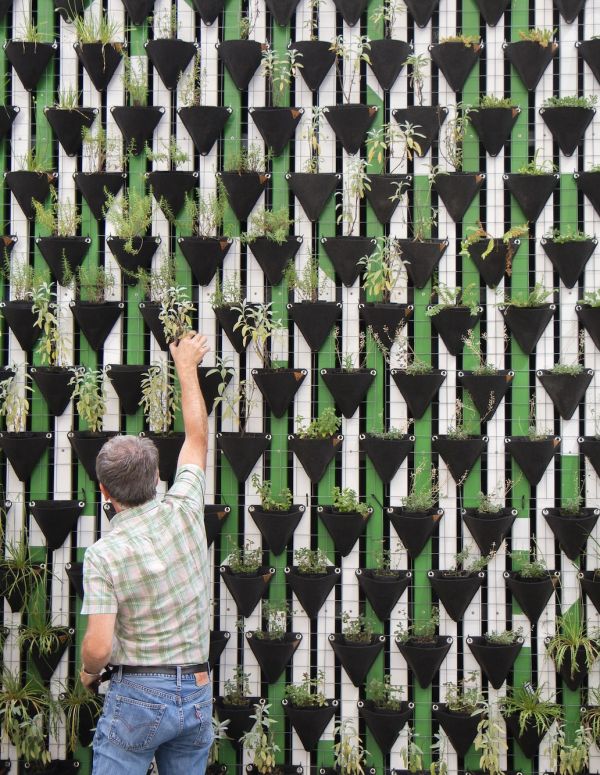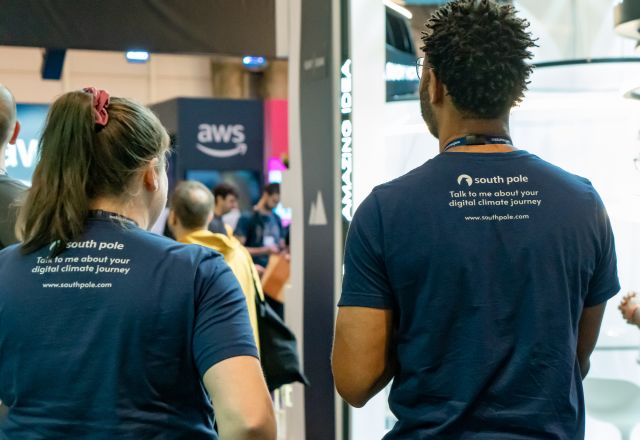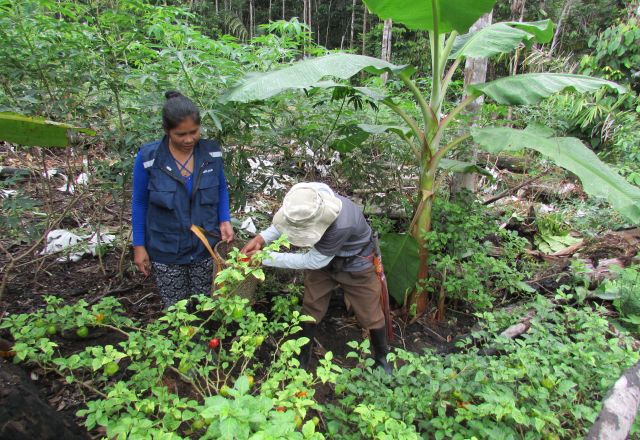- Reporting CSRD : bien se préparer à l'évaluation de la double matérialité
- Pratiques d’agriculture régénératrice en France: retour d'expérience d'agriculteurs
- Intégrité, innovation et impact : les principes d’une action climatique crédible
- Programme CORSIA : vers la décarbonation du secteur de l’aviation
Sujets clés

South Pole’s Digital Solutions
We understand that your business is under more pressure than ever to step up its sustainability agenda. That is why we have the software integrations available for you to get started today.

Transformative Climate Solutions
We are helping to drive the transformation from a consumption-led, extractive economy to a low-carbon, sustainable one.

Contactez-nous
Prenez contact avec nous dès aujourd'hui pour progresser sur votre transition climatique.


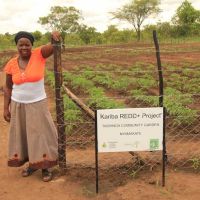
Crédits carbone
Buy carbon credits from the world's largest portfolio of carbon projects to protect the planet and transform lives.

Réduire vos émissions
Our platform enables individuals and organisations alike to measure, track and compensate for their emissions.

Rapport Net Zéro 2024 - South Pole
Cap sur le Net Zéro : état des lieux de l’action climatique des entreprises.
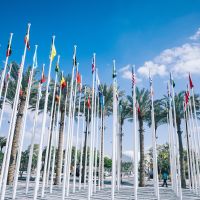
Blog South Pole
Obtenez de nouvelles perspectives et opinions de la part de nos experts internes et des auteurs invités.

Evénements à venir
Nous donnons la parole aux acteurs de la transition climatique pour vous guider dans la compréhension des enjeux liés au changement climatique et vous aider à accélérer votre transition environnementale.

Inscription à notre newsletter
Notre Snapshot est envoyé tous les deux mois pour vous informer des dernières actualités en matière de durabilité, de changement climatique et de nos activités.
South Pole believes that a Net Zero target is a part of every organisation's Climate Journey.
Find out more


